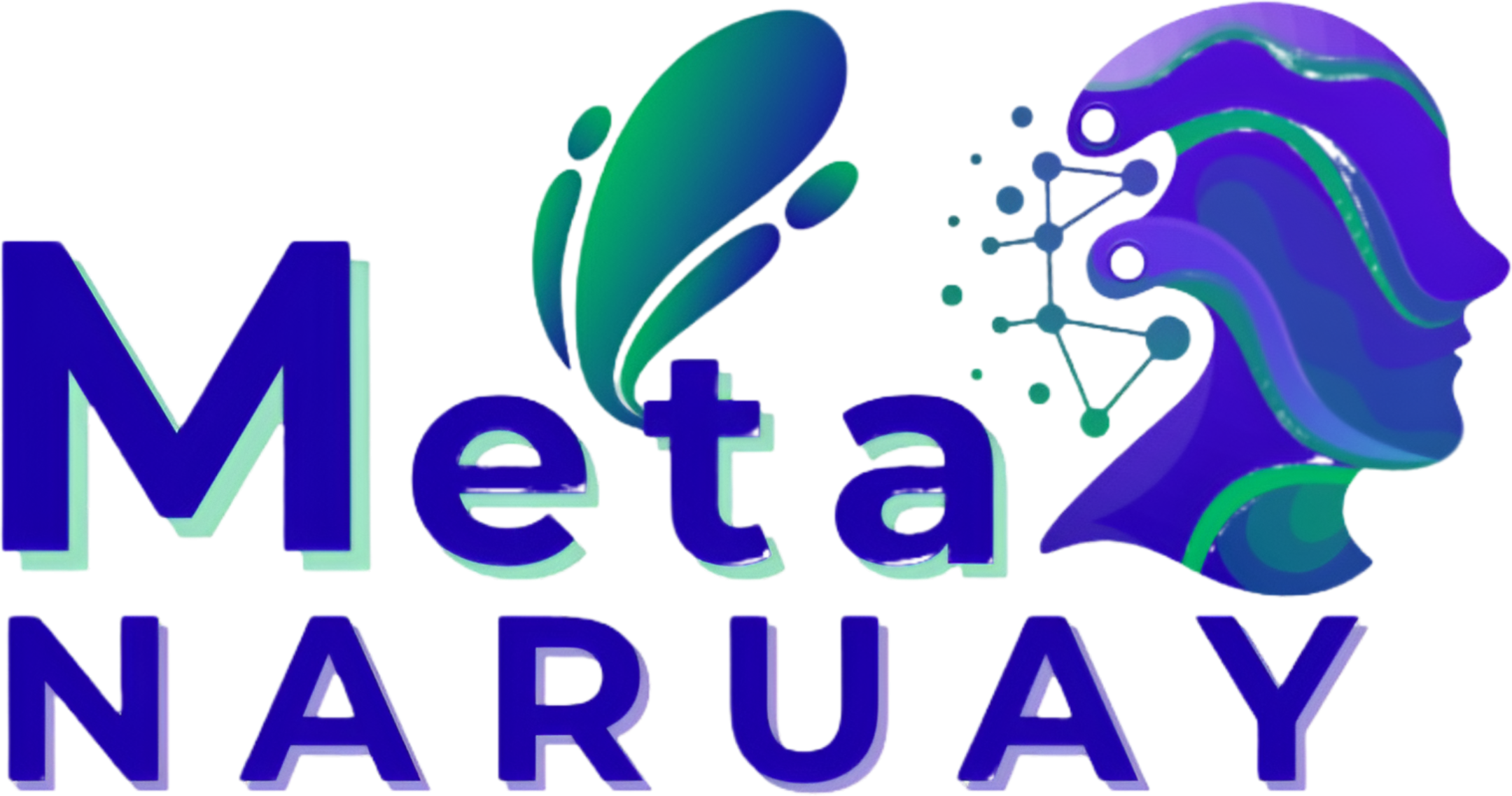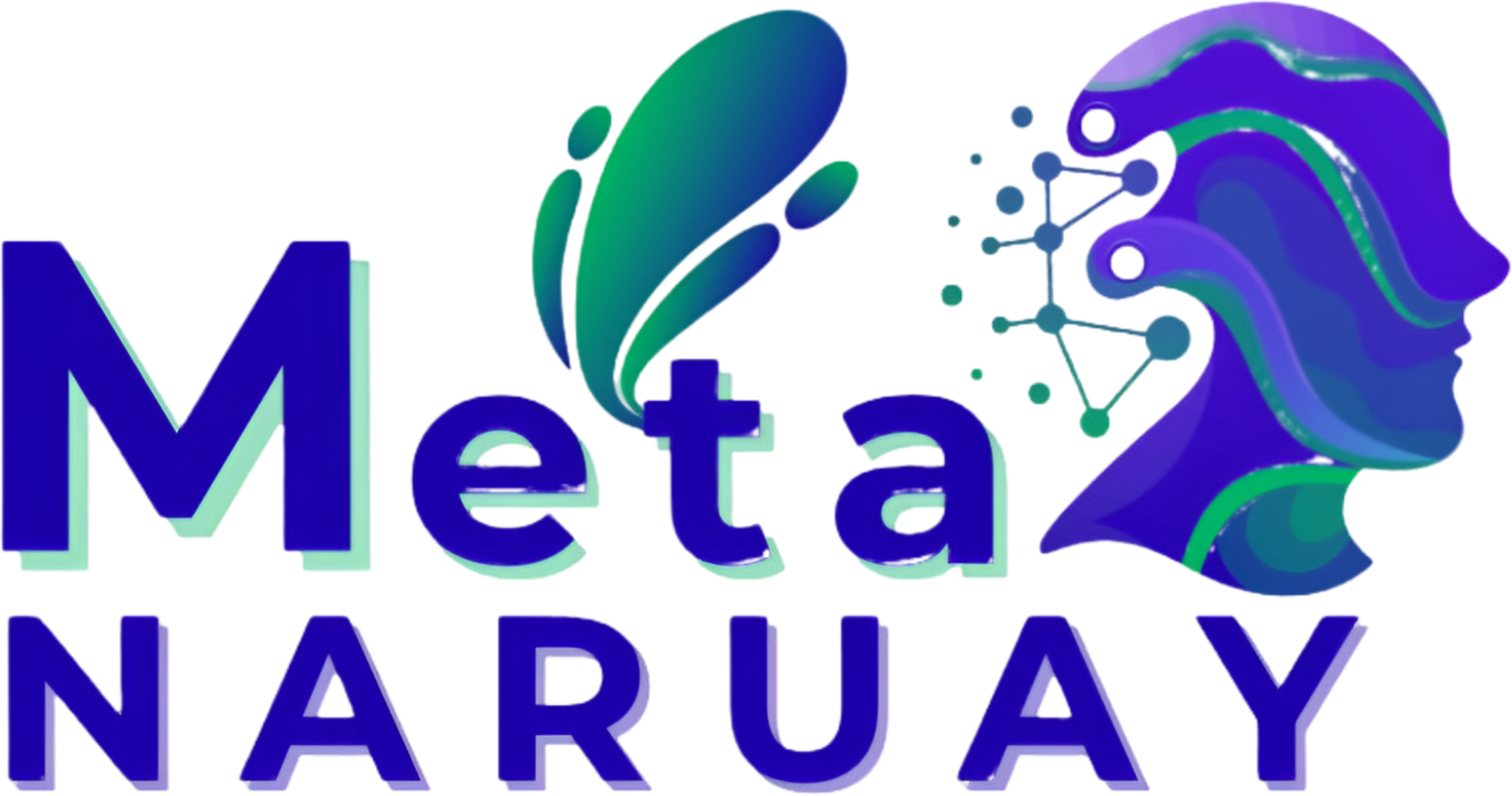One of the most defining and transformative of the current Data Annotation Tools Market Market Trends is the deep and pervasive integration of AI-powered automation directly into the annotation workflow itself. The traditional model of data labeling is a purely manual, human-driven, and often slow and tedious process. The new and rapidly emerging trend is to use AI to augment and accelerate the work of human annotators, a concept often referred to as "AI-assisted annotation." This involves a multi-faceted approach. One key feature is pre-labeling, where a pre-trained machine learning model is used to make an initial "best guess" annotation on a new piece of data. The human annotator's job then shifts from creating a label from scratch to simply verifying and correcting the AI's suggestion, which can dramatically increase productivity. Another powerful feature is active learning, where the system intelligently prioritizes the data to be labeled, presenting the human annotator with the most uncertain or challenging examples from which the model can learn the most. This "human-in-the-loop" paradigm, where humans and AI collaborate in a virtuous cycle, is a fundamental trend that is making the data labeling process more efficient, scalable, and cost-effective.
Another critical trend that is fundamentally reshaping the market is the shift towards a more comprehensive, platform-centric approach to data-centric AI. In the past, data annotation was often seen as a discrete, standalone task that was performed before the "real" work of model training began. The current trend is to view data labeling as an integral and continuous part of the end-to-end MLOps (Machine Learning Operations) lifecycle. This is driving the evolution of data annotation tools into more sophisticated "data engines" or "data-centric AI platforms." These platforms are not just for labeling; they provide a unified environment for managing the entire data preparation pipeline. This includes features for data curation and selection, robust quality assurance and consensus workflows, data versioning to track changes to datasets over time, and powerful analytics to identify and correct issues like class imbalance or label errors in the training data. This trend is about recognizing that the quality of the data is often more important than the model architecture itself, and it is pushing the market towards more holistic platforms that can manage the entire data-for-AI lifecycle.
A third, highly significant trend is the growing demand for specialized annotation tools that are tailored to the unique needs of specific industries and data types. A one-size-fits-all annotation tool is often insufficient for the complex and domain-specific requirements of many advanced AI applications. In response, a major trend is the emergence of highly specialized tools for particular verticals. For example, in the medical AI space, there is a growing market for DICOM-native annotation tools that are designed for radiologists and can integrate directly with hospital Picture Archiving and Communication Systems (PACS). In the geospatial intelligence domain, there is a demand for tools that are optimized for labeling satellite and aerial imagery with geographic context. Similarly, for autonomous vehicles, there is a need for tools that can handle the complex task of labeling and fusing data from multiple sensors, such as cameras, LiDAR, and radar, in a single, unified interface. This trend towards verticalization is a sign of the market's maturation, as vendors are now building deep domain expertise to address the specific, high-value challenges of different industries.





